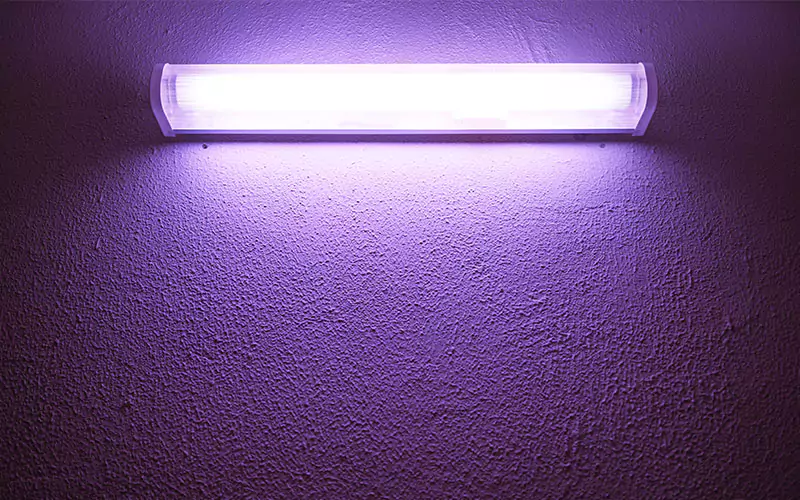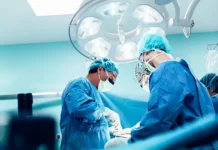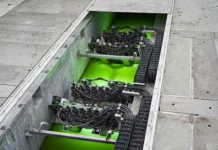IUVA Healthcare/UV Working Group
Troy Cowan IUVA Healthcare/UV Working Group facilitator
As 2020 ended, IUVA was celebrating acceptance into FDA’s Network of Experts and the success of the ICUDAS Federal Regulatory Roundtable panel involving FDA, EPA, NIST and the Canadian Research Council. Both events solidified IUVA’s role as a leading integrator of UV technology into the healthcare industry’s disinfection tool kit in the fight against COVID-19 and multiple drug resistant organisms (MDROs). Continuing thanks to all those who made those events possible.
Looking ahead into 2021, IUVA will continue to work with existing partners and reach out to other key organizations impacting UV-C’s disinfection spectrum. The following are a few of the major work-products and events in the works.
New draft standards measurements of UV sources

Working in close collaboration with partners in IES, the first UV measurement standard is to be issued for peer review – a key first step leading to eventual ANSI approval and certification. Once ANSI certifies, this will be classified as a voluntary consensus standard for use industry wide, applicable across the federal regulatory domain. This first standard issuance covers LED UV sources and may be out for comment by the time of this article’s publication. Thanks go out to Cameron Miller, who is leading this joint IUVA/IES initiative, and Alex Baker, IES sponsor and facilitator, both key to making this joint effort a success.

A jointly proposed standard for low-pressure mercury (LP-Hg) bulbs will come out later this spring. IUVA has had an LP-Hg measurement protocol on the books for years, and much of the existing IUVA protocol has been incorporated into the current draft. What will make this version different is the ANSI certification (once achieved), giving it industry-wide and federal standing, as well as enhancements that make its measurement protocols applicable to all LP-Hg bulbs, regardless of geometry or shape, while measuring outputs at specific UV wavelengths (a key feature as non 254 nm wavelengths gain credibility).
Other standards in the preliminary development include one for measuring UV output of units using other UV technologies (e.g., broad-spectrum Xenon and Far-UV-C Excimer sources) and one for calibrating radiometers used in
making these measurements, to ensure comparability between experiments. Together, these will form the basis for measuring and reporting output of UV disinfection devices in a standardized way, to enable accurate, credible comparisons of output between units under controlled test conditions. This end goal is a long way away, but the problem is being worked in a step-wise manner.
New Partnership with EPA’s Smart Sectors Program
Enthused by success in joining FDA’s Network of Experts, IUVA started looking for similar programs inside EPA, finding the EPA’s Smart Sectors Program (www.epa.gov/smartsectors), which supports “…partnering with trade associations that represent the engine of the American economy and significant opportunities for environmental improvement.”
Smart Sectors provides the following services:
- Focuses on 13 different industry sectors, primarily in manufacturing areas.
- Functions as liaison and ombudsman between member associations and their EPA regulatory counterparts, including helping navigate the agency in resolving issues referred by the association.
- Holds executive-level roundtable discussions, makes factory visits to stay updated on technology and holds quarterly meetings to touch base and maintain relationships.
- Has contacts in each of EPA’s 10 regional offices that provide similar assistance at regional and local level.
Gary Cohen, IUVA’s executive director, is the lead contact, backed up by Dr. Jim Malley, Dr. Rick Martinello and Troy Cowan. EPA’s Smart Sectors is a great link and an excellent resource.
Other exciting developments
IUVA is excited about the soon-to-be-released first installment of the proceedings and associated technical papers resulting from the January 2020 NIST/IUVA workshop.

These proceedings will be published in the Journal of Research of the National Institute of Standards and Technology, an internationally recognized, peer-reviewed research journal, indexed into many scientific, medical and healthcare related search engines. Thanks to the efforts and assistance of Dr. Dianne Poster, NIST will continue to consider more papers that, if accepted, will be published electronically in subsequent releases.
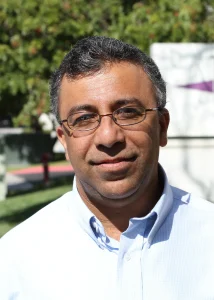
Thanks to the efforts and perseverance of Dr. Ashish Mathur (UVDI) and Sam Guzman (American UV), IUVA is about to enter into discussions with ASHRAE on how to jointly collaborate on UV efficacy measurement standards for HVAC system and upper room UV air disinfection and other areas germane to pathogen disinfection in large facilities.
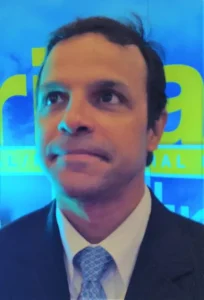
Hopefully this will lead to an MOU with ASHRAE for ongoing standards development efforts, similar to what IUVA does with IES. Efforts are underway for one or more new webinars covering how UV technologies can help in the nation’s return to normalcy initiatives (e.g., return to work, return to school, and restarting the transportation and hospitality sectors). There may be an opportunity to dovetail these with an updated regulatory roundtable session to highlight regulatory plans from the FDA, EPA, CDC, NIOSH, etc. Stay tuned to the IUVA website for updates.
There is no doubt 2021 will be a transformative year for the UV marketplace. Come join us and be part of that transformation.
Through the IUVA Healthcare/UV Working Group, endeavors are being made to promote the acceptance of UV disinfecting technologies as a credible, valued part of environmental management throughout the healthcare industry. In this column, the UV community will be updated on these efforts and the latest information on UV technology as it pertains to the healthcare industry.
Contact: Troy Cowan, troy@visionbasedconsulting.us


